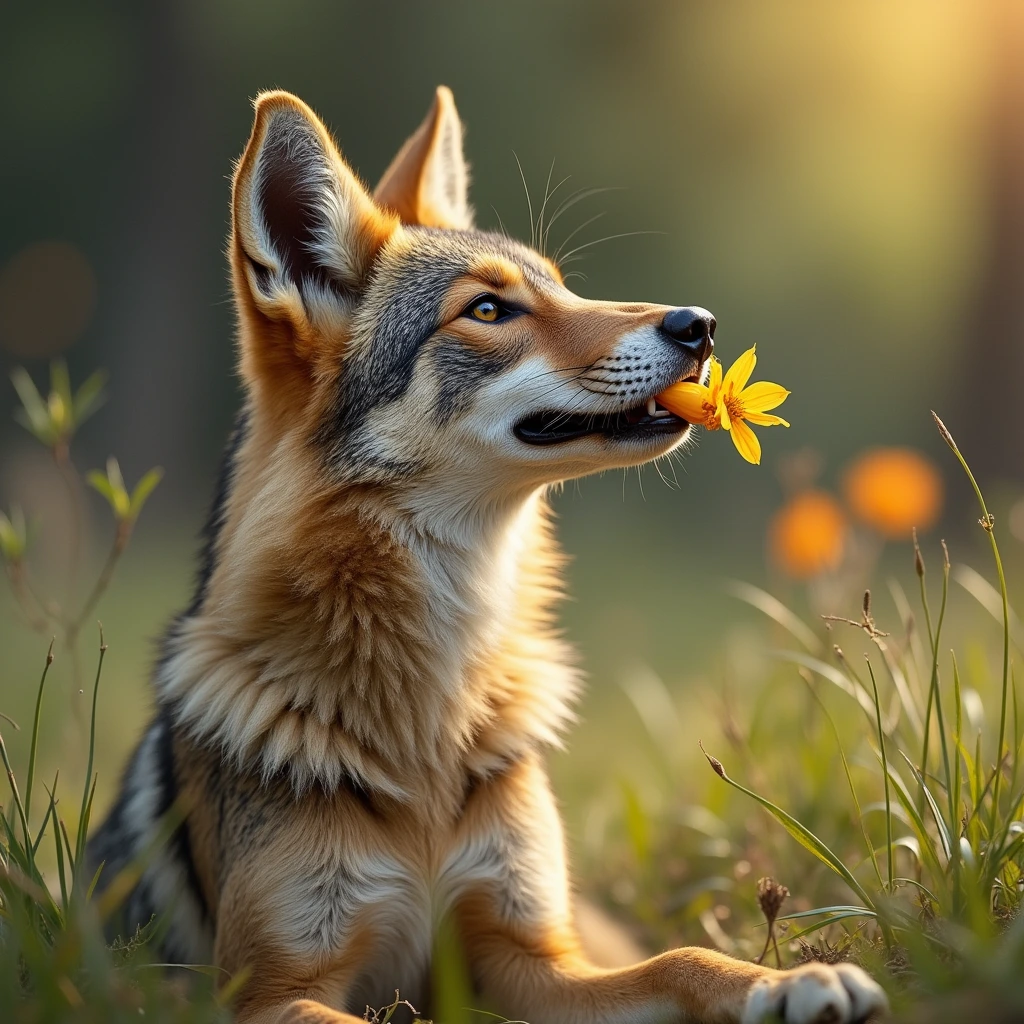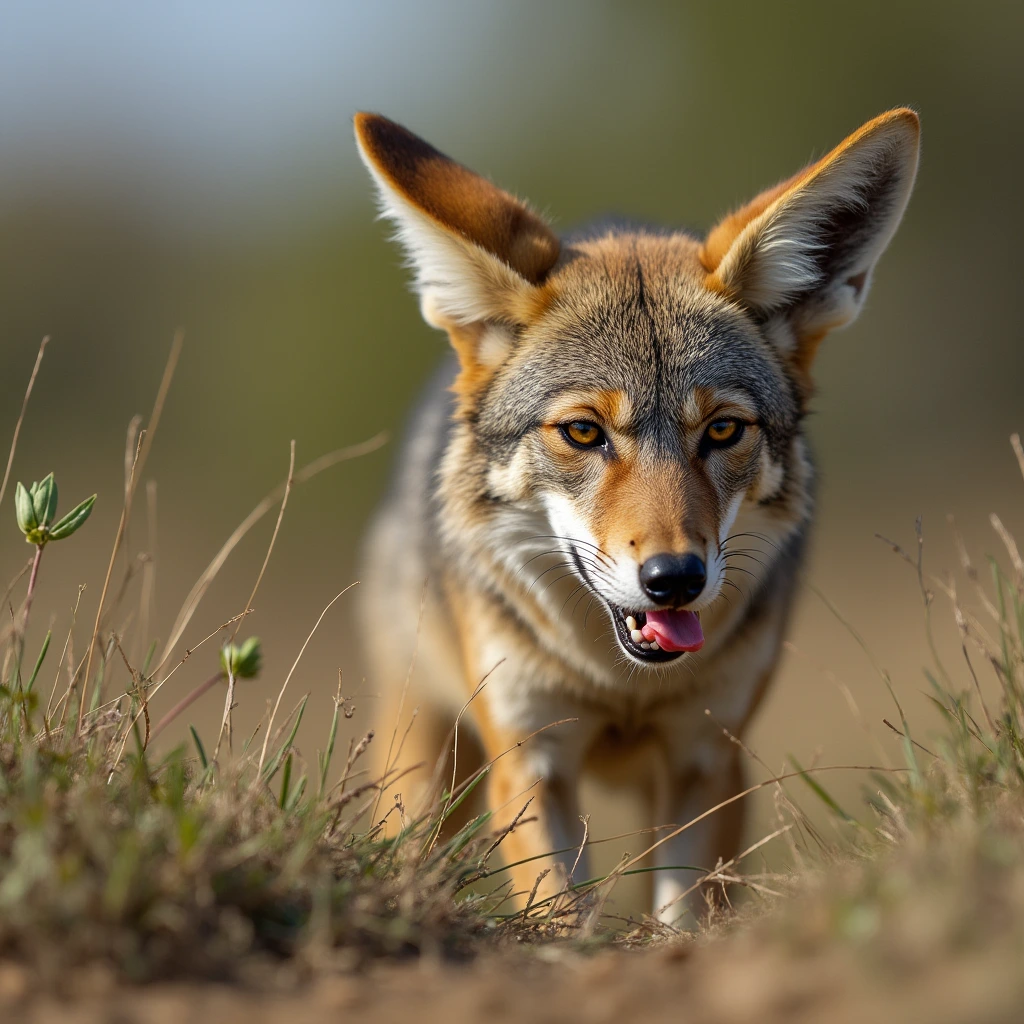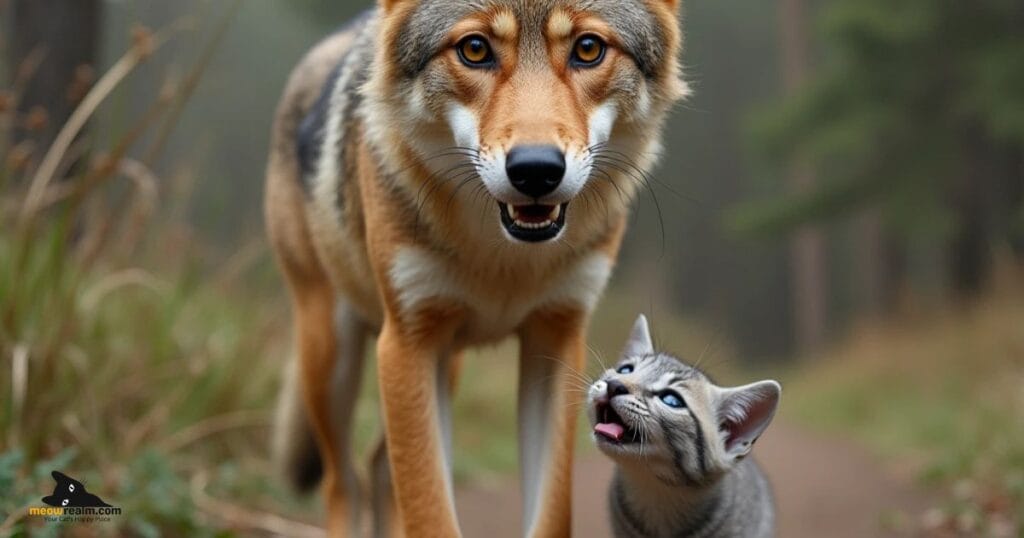The Heartache of Losing a Pet to Wildlife Encounters-do coyotes eat cats
Do coyotes eat cats Imagine this: You let your beloved cat out for their usual evening stroll, only to find yourself anxiously waiting at the door as dusk turns to night. That sinking feeling grows with each passing moment as you wonder, “Could my cat have encountered something dangerous?” For many pet owners, especially those living near wooded areas or open fields, this worry isn’t unfounded. Coyotes, adaptable and increasingly common in suburban areas, can pose a real threat to outdoor pets.
In this guide, you’ll find everything you need to know about coyotes, their behavior, and the risk they may pose to your cat. Most importantly, you’ll learn effective strategies for keeping your feline friend safe, no matter where you live. Let’s dive into the details and dispel the myths surrounding coyotes and their interactions with our pets.
Table of Contents
Understanding Coyote Behavior and Their Diet-do coyotes eat cats
What Do Coyotes Normally Eat?
Here’s a quick breakdown of a typical coyote diet:
| Food Source | Percentage of Diet (Approx.) |
|---|---|
| Small mammals | 40-60% |
| Birds | 10-15% |
| Insects | 10% |
| Fruits/Vegetables | 5-10% |
| Scavenged food | 5-20% |

Do Coyotes Hunt Domesticated Animals?
Yes, coyotes do occasionally hunt domesticated animals, especially pets like cats and small dogs that venture outside. With urban expansion reducing their natural habitat, coyotes have moved closer to human settlements, where encounters with pets become more likely. Data from animal control agencies and wildlife studies indicate that coyote-related incidents with pets have been rising, particularly in areas bordering natural reserves or parklands.
Why Do Coyotes Eat Cats?
Situations Where Cats Are at Risk
There are a few reasons why coyotes might go after a cat. First, a cat that wanders into a coyote’s territory or tries to catch small prey nearby may inadvertently attract attention. Additionally, outdoor cats are often more active during dawn and dusk—the same times when coyotes tend to be out hunting. This overlap in activity increases the likelihood of a confrontation.
How Often Do Coyotes Attack Cats?
It’s hard to put an exact number on the frequency of these encounters, as they vary based on location and food availability. However, reports from animal control centers suggest that coyote attacks on outdoor cats are not uncommon in regions where coyotes are prevalent. Some neighborhoods have higher rates due to factors like proximity to green spaces or the absence of natural predators that might limit the coyote population.
Signs of Coyote Activity in Your Area – do coyotes eat cats
How to Identify Coyote Tracks and Scat
Knowing if coyotes frequent your area can help you take preventive steps. Here’s how you can identify signs of coyote activity:
- Tracks: Coyote tracks resemble dog tracks but are typically more oval, with a narrower toe spread. Their claw marks are usually less prominent, and their stride is longer.
- Scat: Coyote droppings often contain fur, bones, and seeds, reflecting their omnivorous diet. It’s usually darker than domestic dog scat and left in prominent areas, like trails or open spaces, as a form of marking.
- Other Signs: Coyotes communicate by howling, especially at dawn or dusk. If you hear frequent howls or notice pets behaving nervously, these can be indicators of nearby coyote activity.
Behavioral Patterns of Coyotes in Urban Areas
Urban coyotes have adapted to be bolder and more resourceful. They may search for food during the day or prowl around neighborhoods. Common urban areas where coyotes hunt include parks, green belts, and streets where trash or pet food is accessible. Being alert to these patterns can help you avoid areas where encounters are more likely.
How to Protect Your Cat from Coyotes – do coyotes eat cats
Making Your Yard Coyote-Proof
Securing your yard is a key defense against coyotes. Here’s how to make your property safer:
- Fencing: Build a fence at least six feet high and consider adding a “coyote roller” (a spinning rod at the top of the fence) to prevent climbing.
- Lighting: Motion-activated lights or sprinklers can scare coyotes away at night.
- Remove Food Sources: Coyotes are attracted to anything edible. Keep garbage cans secured, bring in pet food bowls at night, and avoid using bird feeders that might attract rodents.

Indoor vs. Outdoor Cats: Reducing Outdoor Risks
Indoor cats are significantly less likely to encounter coyotes, but many cats love the outdoors. If you want to give your cat safe outdoor time, consider building a catio (an enclosed outdoor cat patio) or leash-training your cat. For those who let their cats roam freely, it’s best to bring them indoors during dawn and dusk, as this is when coyotes are most active.
Training Cats to Avoid Dangerous Areas
While it may be challenging, you can train your cat to stay away from specific areas in the yard. Using safe deterrents like motion-activated sprinklers or pet-safe repellents can discourage them from roaming too close to areas where coyotes might lurk.
What to Do if Your Cat Encounters a Coyote – do coyotes eat cats
Steps to Take During an Encounter
If you witness a coyote approaching your cat, stay calm but act decisively:
- Make Noise: Clap your hands, yell, or use a whistle to scare the coyote away.
- Don’t Approach: Coyotes may become defensive, so keep a safe distance but make your presence known.
- Bring Your Cat Inside: If your cat manages to escape, secure them indoors as soon as possible to avoid further danger.
Recognizing and Treating Injuries
If your cat has been in a close encounter, be sure to check them for injuries, even if they seem unhurt. Common signs include:
- Puncture Wounds: Coyotes often bite around the neck or back, so inspect these areas carefully.
- Limping or Unusual Behavior: If your cat appears to be in pain or is hiding, they may have internal injuries.
- Veterinary Care: In the case of any visible or suspected injury, seek immediate help from your veterinarian.
Frequently Asked Questions (FAQ)
- Do coyotes actually eat cats?
- Yes, coyotes may eat cats if they encounter them outside, especially in situations where other food sources are scarce or cats are in their hunting territory.
- How can I tell if a coyote killed my cat?
- Look for telltale signs like tufts of fur, scattered remains, or typical coyote tracks nearby. Coyotes often leave traces in the area, including tracks or scat.
- Are certain types of cats more at risk?
- Outdoor cats are at higher risk, especially smaller ones or those that hunt in areas frequented by coyotes.
- What time of day are coyotes most active?
- Coyotes are generally most active at dawn and dusk, but in urban areas, they can be active at any time.

Conclusion: Protecting Your Beloved Cat from Potential Wildlife Dangers-do coyotes eat cats
Coyotes are a natural part of many ecosystems, and as urban sprawl continues, our lives intersect with theirs more frequently. While these animals may seem threatening, with the right precautions, you can significantly reduce the chances of a dangerous encounter. From securing your yard to keeping your pet indoors during high-risk times, there are simple, effective ways to protect your cat.
Keeping your pet safe requires awareness, action, and a commitment to creating a secure environment. Share these tips with other pet owners in your community, as awareness can help everyone better protect their furry companions from coyote encounters. Remember, taking a few precautions today can spare you the heartache tomorrow.
do coyotes eat cats

